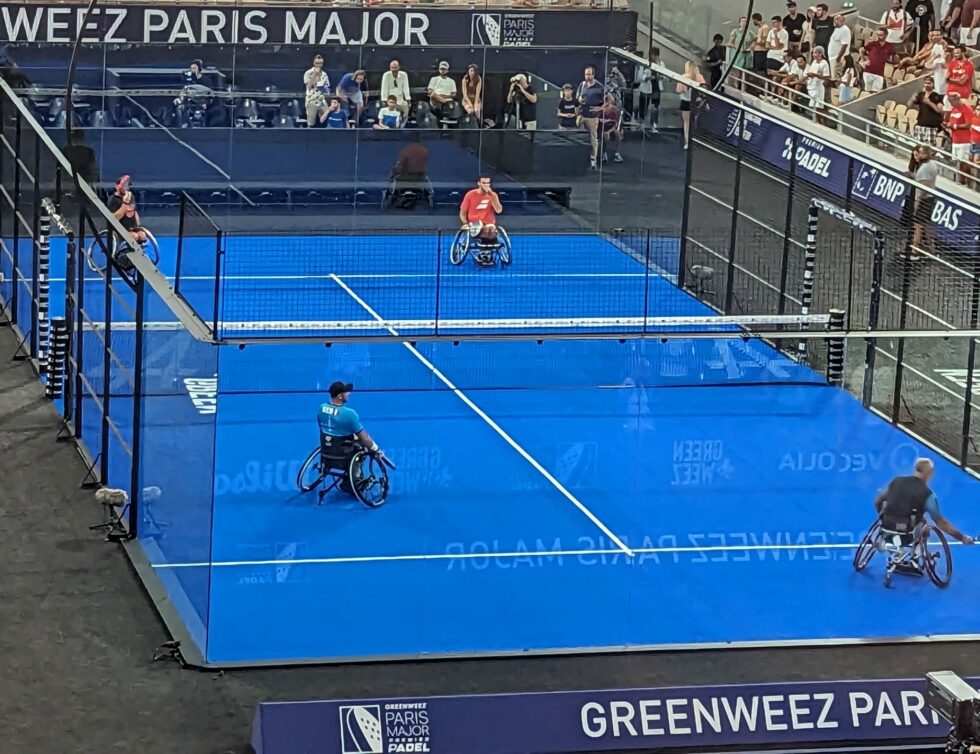Wheelchair padel, also known as adapted padel, is rapidly gaining popularity. This exciting variant of traditional padel, a racquet sport originating from Mexico, is similar to tennis but played on a smaller court with walls.
In wheelchair padel, the court is also smaller, and players use specially designed wheelchairs for mobility. The rules mirror traditional padel, with two players on each team aiming to hit the ball over the net and into the opponent’s side of the court.
High-Level Performance and Inclusivity
Wheelchair padel can be played at a high level, with athletes competing in national and international tournaments. This sport demands a combination of physical skill, strategy, and mental focus, providing a fantastic way for people with disabilities to stay active and competitive.
Proper training, coaching, and equipment are crucial for reaching a high performance in wheelchair padel. Athletes must also focus on nutrition and conditioning to maintain their fitness and prevent injuries.
Wheelchair padel offers a great option for individuals with disabilities who are interested in competitive sports and want to stay active and engaged. As its popularity grows, more opportunities will arise for high-performance athletes to compete at the highest levels.
Wheelchair Padel – The Rules
Here are some key technical rules for wheelchair padel:
- Court Dimensions: The court should measure 10 meters in width and 20 meters in length. The net height should be 0.88 meters at the sides and 0.92 meters in the center.
- Wheelchair Use: All players must use a manually operated wheelchair with no modifications that could provide an unfair advantage.
- Serve: The serve must be underhand and from behind the baseline. The ball must bounce on the server’s side before crossing the net.
- Return: The ball must be returned before it bounces twice on the receiving side. Returns can be made forehand or backhand.
- Volleys: Volleys are allowed, but the player must be seated in the wheelchair when hitting the ball. The ball must be hit before it bounces on the player’s side.
- Scoring: Scoring follows traditional padel rules, with games played to 6 and a tiebreaker to 7 if necessary. A player or team must win by two points.
- Faults: Faults include serving out of bounds, failing to hit the ball over the net, hitting the ball out of bounds, hitting the ball twice in a row, and not being seated in the wheelchair while hitting a volley.
Additional rules or adaptations may apply to specific tournaments or competitions.
Join Our Wheelchair Padel Community
As padel grows worldwide, so does wheelchair padel. We are committed to supporting the growth of wheelchair padel at all levels in India. Whether you are interested in competing at a high-performance level or playing recreationally, we welcome you to join us.
For more information or to get involved, please email info@padelfederation.in


